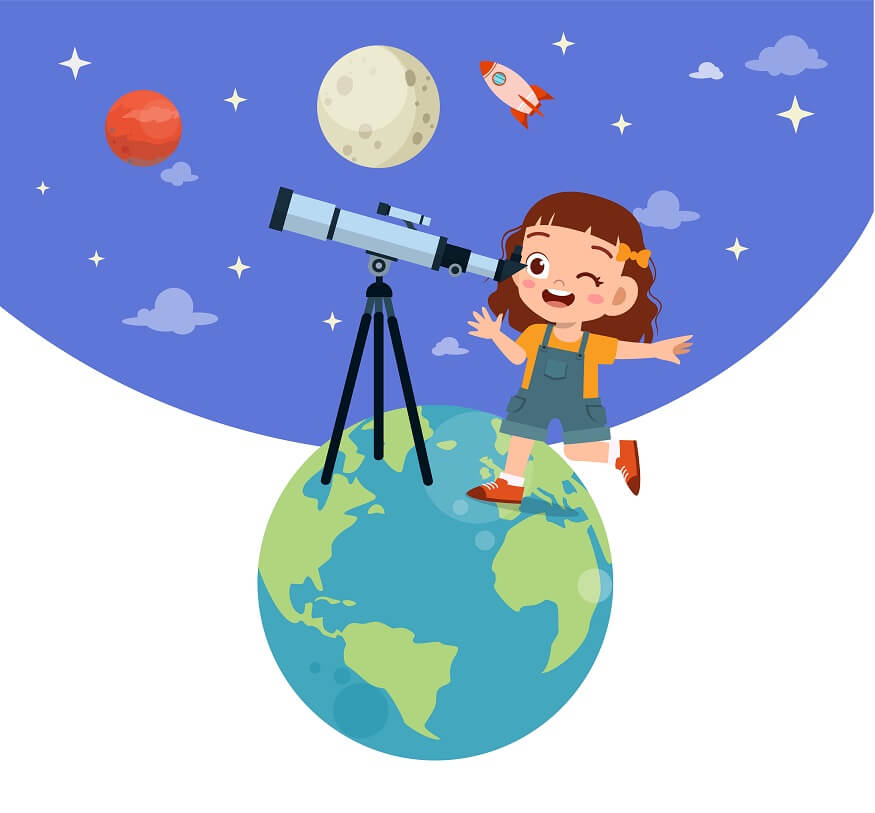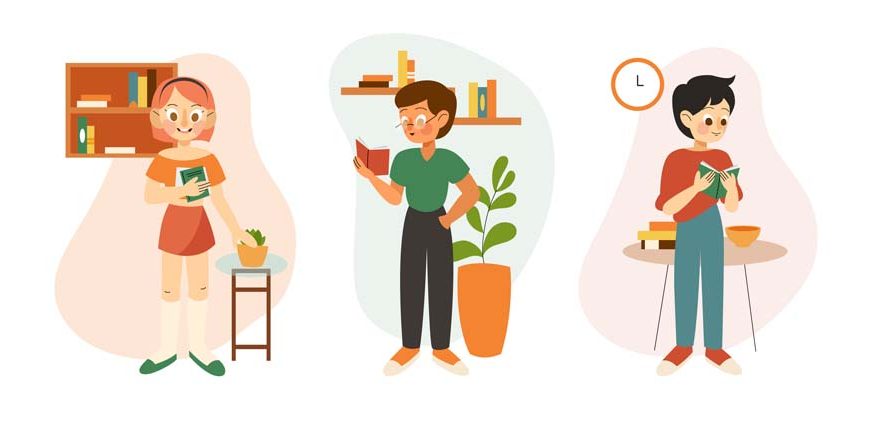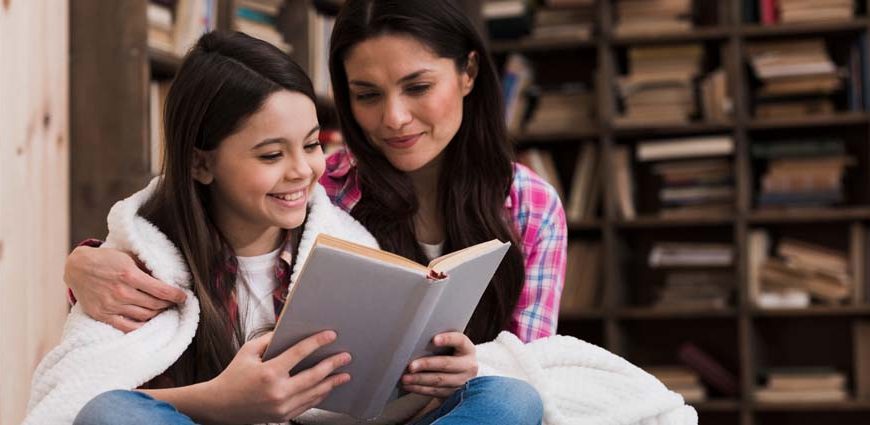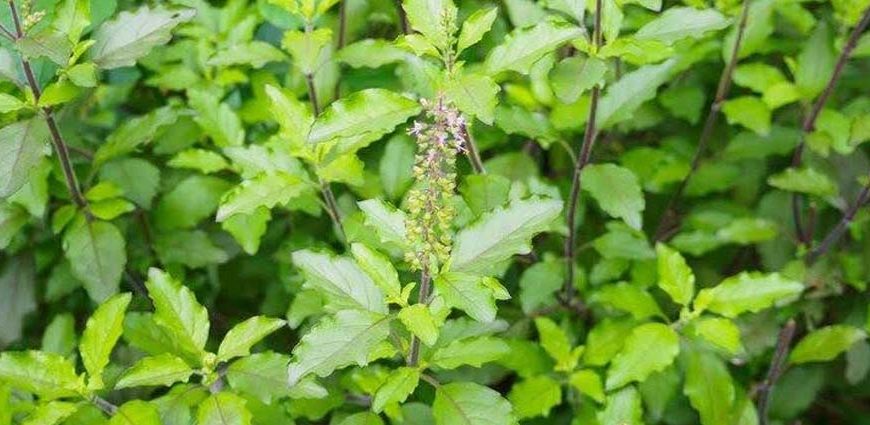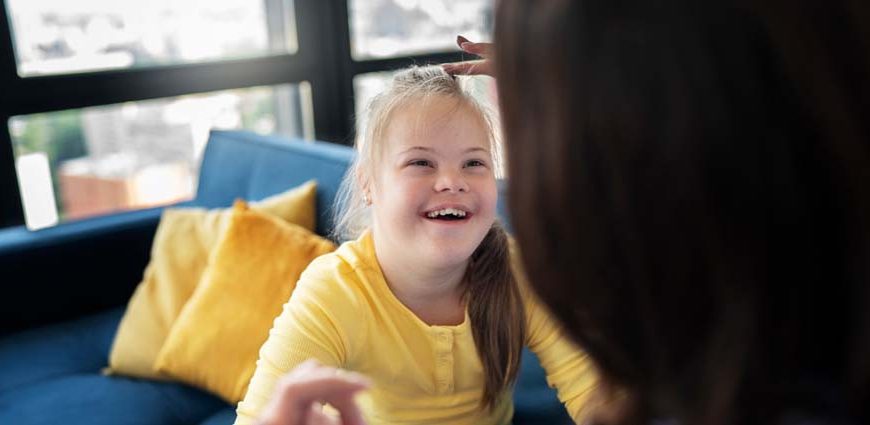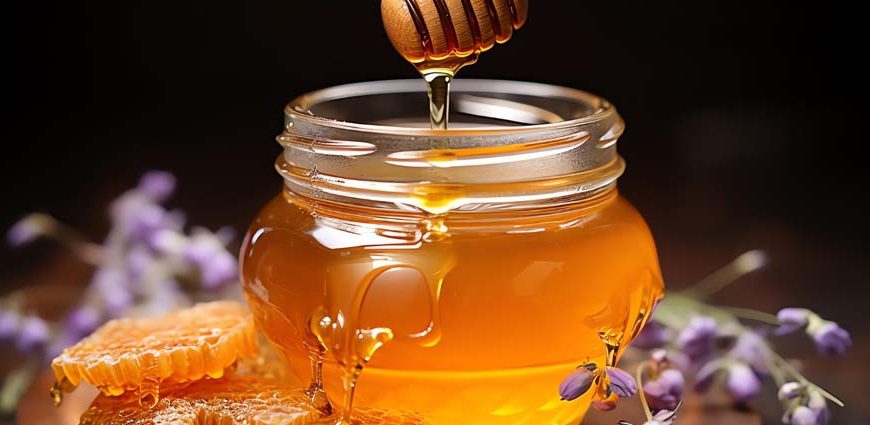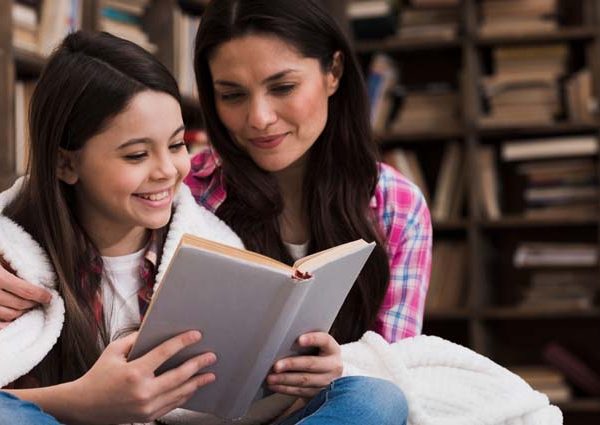It may seem like a difficult topic best suited for older kids but geography is the study of the Earth and its aspects. However, giving geography lessons to young children can help them build a strong foundation for understanding the globe. Young children can grow in their sense of curiosity and appreciation for their environment by participating in interactive and hands-on activities. The importance of geography in early childhood education will be discussed in this blog, along with a complete list of fascinating geography activities designed just for preschoolers. Students may have a lot of fun learning about the globe, and geography is indeed the ideal topic for experiential learning. These geography activities and games will offer fresh ideas, extend horizons, and provide your kids with a chance to hone crucial abilities. Let’s go off on a joint exploration expedition!
Why is Geography Important?
It’s critical to comprehend the significance of geography in early childhood education before diving into preschool geography activities. Spatial awareness, critical thinking, and a sense of global connectedness are all fostered through geography. Young students get a broader perspective and respect for variety through investigating other landscapes, climatic conditions, and civilizations.
Geography-related activities aid preschoolers’ cognitive, social, and emotional development. Their imagination is stimulated, problem-solving skills are fostered, and collaboration is encouraged through these exercises, which range from reading maps to comprehending weather patterns. Children who are raised in a supportive atmosphere are more likely to develop into environmentally conscious adults as they advance in their schooling.
What is Geography?
It’s crucial to present geography in basic words at the preschool level. The study of the Earth and everything on it is known as geography. It involves discovering the geography, wildlife, climate, and inhabitants of many locales—both humans and animals. Preschoolers may grasp geography by learning about their own surroundings, such as their neighbourhood, city, and nation. They start to understand how locations are related to one another as a result.
Geography Activities for Preschoolers:
- Mapping Their World:
- Where in the World:
- Weather Watchers:
- Cultural Celebrations:
- Shape the Landscape:
- Sensory Map:
- Animal Habitats:
- Nature Scavenger Hunt:
- Travel Time:
- 20 Questions:
- LEGO Landmarks:
- Fun With Flags:
Start by exposing children to fundamental maps. Please give them a map of the playground or classroom and let them explore it. Encourage children to symbolise items with straightforward symbols, such as circles for chairs and squares for tables. Additionally, you can use cardboard cutouts for the buildings and coloured tape for the roads to make a large-scale map of their play area on the floor. This practice not only introduces maps but also develops creativity and spatial awareness.
Explain to young children that the global map they are viewing reflects the whole planet. Inform them of the continents and oceans, emphasising the one in which they reside. Ask the children to arrange toys or photographs of animals from various continents on the respective locations on the map. With this exercise, they will learn about fundamental geography and the variety of life on Earth.
Geography is fundamentally impacted by the weather. In the classroom, set up a weather station with a thermometer, a rain gauge, and a wind vane. Each day, assign a new youngster to serve as the “weather watcher. ” They have the ability to notice and document the weather, whether it is bright, overcast, wet, or windy. After a week, compile the information and talk to the kids about weather trends. This exercise explains the idea of climate while encouraging scientific enquiry.
Teach young children about the festivals of many civilizations. Choose a few significant holidays from across the world to observe in class. You may have a tiny Chinese New Year celebration with red decorations, a tiny Diwali celebration with candles and rangoli, or a tiny Mexican fiesta with vibrant crafts and music. Children may learn about cultural diversity with this exercise while appreciating other customs’ beauty.
Give the toddlers some playdough or clay, and let them design their own landscapes. Encourage children to use their creativity to create mountains, rivers, and lakes. They get an understanding of Earth’s physical characteristics and how they affect the environment via this practical practice.
To create a sensory map, use diverse materials to represent various geographic elements. Use cotton balls for clouds, blue cloth for the ocean, green felt for the forest, and sand for the beaches. Allow the kids to touch the map as they explore it. They can better grasp various locations and textures thanks to this practice.
Acquaint young children with a variety of animal habitats, such as forests, deserts, and seas. Ask the kids to sort the animal photographs according to their habitats after you’ve provided them. You may also build up a pretend play space where kids can mimic the actions of animals in various habitats. Their comprehension of ecosystems and animal adaptations is improved by this practice.
Host a nature scavenger hunt in the schoolyard or a neighbouring park. Give the kids a list of things to look for, such as various-shaped leaves, rocks, flowers, or even certain bird or bug species. They will discover the variety of plant and animal life in their surroundings as they explore the outdoors.
Create a “travel agency” in the classroom filled with flyers and images of major global sights and attractions. Allow the kids to act out travelling, choosing their ideal locations, and talking about what they would see and do there. This exercise promotes imaginative play while introducing the idea of many locations and cultures.
The age-old game of “20 questions” can easily complement your geography studies. One student should first suggest a state, nation, or continent. Then, permit each kid to pose one yes-or-no question. Asking questions like, “Is this state in the north?” “Is this state on the coast?” “Does this state belong to one of the original colonies?” etc. Of course, the objective is to predict the right response in no more than 20 questions.
How much fun is that? Students study photographs of famous locations from across the world and attempt to replicate them using LEGOs. There are several places to get landmark flashcards, including Walmart, Etsy, and Amazon. Or, even better, allow pupils to do their own computer-based research and creations.
Learning about flags may help children recognise and recall many locations worldwide. Flags are an essential component of a nation’s identity. Ask each kid to select a nation that interests them for this project. Ask them to study the nation and draw a replica of its flag on an 11 by 14 sheet of construction paper. To add an international touch to your classroom, hang the flags of every student on a banner that spans the space.
Preschool geography activities offer a glimpse into our wide and varied world. Children who participate in hands-on activities have a better awareness of their environment and foster a feeling of curiosity about different places and cultures. These activities not only enhance social and cognitive growth but also instil environmental responsibility.
We play a crucial part in encouraging a love of exploration and learning as educators and carers. Young brains are empowered to become responsible global citizens who respect and defend their planet by being exposed to geography at a young age. In order to help our preschoolers comprehend and appreciate the magnificent world we call home, let’s set off on this fascinating voyage of discovery together.

